The virtues of ground cover plants in the verdant landscapes of New Zealand are legion, and their worth is blossoming swiftly within both hobbyist garden circles and professional landscaping community. These robust botanical marvels exhibit a noteworthy capacity to stifle the spread of weeds, guard against soil erosion, and enrich soil fertility – infusing pragmatic utility along with visual appeal into horticultural approaches. Considering New Zealand’s organic topography, these plants find it effortless to establish themselves, battle testing weather conditions and demonstrate extraordinary growth in areas blanketed by shade as well as those exposed to light.
When it comes to pinpointing the finest ground cover plants that NZ boasts of, one is easily overwhelmed by the bewildering array catering to diverse needs. The spectrum spans low maintenance species, swift growers for quick coverage, visually captivating varieties adding aesthetic charm or those that flourish under canopies away from sunlight. A thoughtfully curated selection promises comprehensive foliage dispersal over barren patches in landscapes while injecting assorted hues and textures into your surroundings; they ultimately play an instrumental role in orchestrating a stunningly beautiful ecosystem – self-regulated and thriving – right within your home garden.
Understanding the Climate for Ground Cover Plants in New Zealand
In a land of climatic diversity such as New Zealand, the intriguing tapestry of temperatures and conditions nurture different types of ground cover flora. From the north’s sub-tropical embrace to the cool whispers of the south, a warm coastal milieu prevails for much of its annual cycle. This climate spectrum significantly influences soil variety, with clay soil often presenting itself as a formidable challenge in gardening pursuits.
The query “Which is the superior ground cover for clay-rich soil in NZ?” frequently dances on the lips of expert gardeners and botanists alike. Clay soil presents an unusual paradox — remaining damp for extended periods before drying into a hard crust that poses physical challenges to cultivation efforts. Given these peculiarities, emphasis on earth preservation becomes paramount in such scenarios.
For those braving clay terrains, it’s advised to choose ground cover plants characterized by resilience and robustness — species capable enough to flourish even amidst demanding circumstances. The right selection paves way for an inviting ecosystem that harbors beneficial insects and microorganisms while bolstering soil integrity against erosion threats. Plus, they lend vibrant color palettes to their surroundings.
Selection Criteria for Ground Cover Plants in New Zealand
In the realm of horticulture, one cannot underestimate the profound importance of selecting appropriate ground cover plants – a decision that carries even greater weight in New Zealand due to its distinctive weather patterns and terrain. Amongst numerous selection criteria, color stands out as a key factor; essential for cultivating visually appealing landscapes that not only flourish robustly but also augment the beauty of their surroundings naturally.
A question often posed is: “What species gives rise to those pink-hued carpets gracing New Zealand’s diverse topography?” The answer lies with Pink Chintz Thyme, or Thymus serpyllum ‘Pink Chintz’ as it’s known scientifically. A stellar choice credited primarily for injecting dull landscapes with bursts of vibrant pink blossoms and demonstrating notable drought tolerance.
Yet another pivotal criterion when choosing ground cover plants in New Zealand is their ability to adapt under varying sunlight and shade conditions. As areas devoid of consistent sunlight pose challenges throughout the year, it becomes crucial to opt for resilient species versatile enough to thrive under both extreme sunshine and shade.
Once again, Pink Chintz Thyme emerges as an advantageous option owing to its inherent shade-tolerant qualities. But others like Vinca Minor or Creeping Myrtle – equally renowned for tolerating shady conditions – might offer additional options worth considering in the quest for diversifying ground cover choices across New Zealand’s varied landscape.
Hardy, Low Maintenance Ground Cover Plants
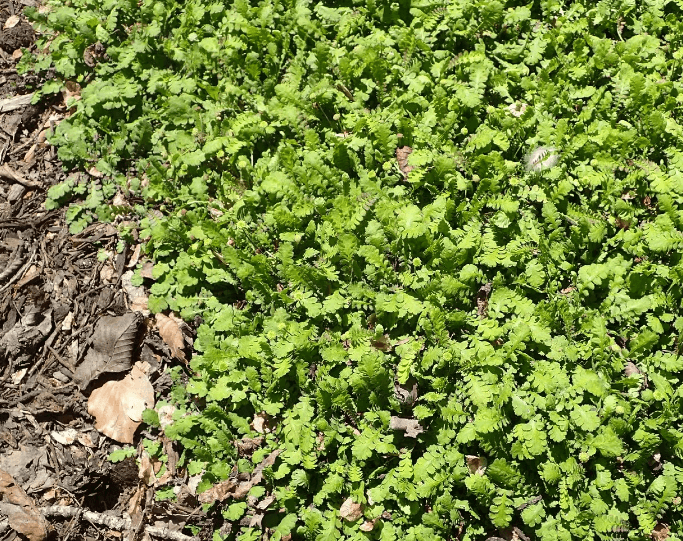
In the realm of garden enthusiasts, a conundrum often surfaces, “What is the paramount low upkeep ground cover?” The resolution to this query does not come easily. It is fundamentally predicated upon your unique circumstances and what you envisage for your verdant expanse. Yet in New Zealand, we find several types of ground covers that have demonstrated their sturdiness and minimal care requirements.
A particularly notable species cherished by horticulturists is the Muehlenbeckia axillaris or colloquially known as Creeping wire vine. This extraordinary flora flourishes across diverse conditions – from coastal locales to rock gardens and even precipitous slopes. Characterized by its swift growth into a lush carpet-like formation, it thrives under varied light levels and displays an impressive resilience against widespread plant diseases. Such traits designate it as an optimal selection for those yearning for an appealing yet effortless gardening alternative.
Fast Growing Ground Cover Plants for Large Areas
The choice of an appropriate ground cover plant for expansive spaces is a matter that necessitates contemplation on the plant’s growth tempo. A swift proliferation rate becomes indispensable to promptly secure coverage and stifle the sprouting of unwelcome weeds. The inquiry frequently posed by landscape gardeners and homeowners alike revolves around this: What could possibly be the fastest ground cover plant?
In response, one may find enlightenment in examining the indigenous flora of New Zealand, such as Pratia or Panakenake, common yet noteworthy species. This robust specimen with its captivating azure blossoms can speedily envelop vast tracts of land. It exhibits exceptional efficiency in damp domains generously bathed by sunlight rays. Another variety meriting consideration for rapid carpeting is Coprosma, a NZ native renowned for its vigorous growing habit. These resilient vegetations have evolved to flourish swiftly, dominating terrains thereby stifling weed growth and minimizing maintenance tasks.
Flowering Ground Cover Plants for Visual Appeal
Envision more than merely a mix of hues and forms when infusing artistry into your garden design. An often-undervalued realm, teeming with untapped potential, lies in the incorporation of flowering ground cover plants. These captivating botanicals provide an effortless method to instill vibrancy in a garden; they offer radiant colour schemes and the joy of continuous blossoming. In New Zealand, both indigenous and foreign ground cover flora are plentiful, offering an intriguing spectrum for any green thumb enthusiasts.
Ground cover flowers can act like a living colourful canvas enriching every nook and corner of your outdoor sanctuary. They not only exude visual allure but also fulfill a critical ecological duty – enticing pollinators such as bees and butterflies. Consider Creeping Thyme with its tempting scent and lively color or Baby’s Tears known for its carpet-like spread of starry blooms as part of your landscape design arsenal: their robust character allows them to flourish even amidst New Zealand’s varied weather conditions – merging functionality seamlessly with aesthetic charm.
Shade-Tolerant Ground Cover Plants for Shaded Areas
Beneath the dappled shadows of New Zealand’s multifarious ecosystems, there lies a world where shade-tolerant ground cover plants rule supreme. These unassuming flora play an indispensable role, not merely in safeguarding biodiversity but also adding to the picturesque allure of the terrain. Pachysandra terminalis and Ajuga reptans are amongst these awe-inspiring species that show a remarkable resilience against unfavorable light conditions – their existence is indeed a testament to nature’s adaptability.
These hardy specimens flourish beneath the sun-dappled canopies of taller vegetation, thriving on sunlight filtered through leaves overhead. They occupy those shadowed niches within gardens where other flora dare not venture due to scarce illumination – they fill voids with greenery and life. This adaptivity works twofold: it enhances verdancy in low-light areas while staunchly mitigating soil erosion.
Yet their importance extends beyond mere beautification or environmental preservation; these flora hold significant sway over New Zealand’s ecosystem balance as well. Critical habitats and food resources for indigenous fauna – insects, birds, small mammals – all find support from these resilient plants.
The blossoms of Ajuga reptans add another dimension by dotting shaded gardens with springtime charm whilst its dense foliage doubles up as a natural weed suppressor. Despite languishing under limited sunlight exposure, such incredible plant species still manage lush growth with impeccable grace—an emphatic statement that lushness need not be compromised even amidst darkness.
Indeed, shade-tolerant ground cover plants serve dual purposes—functional utility intertwined seamlessly with aesthetic appeal—rendering them invaluable assets within New Zealand horticulture’s rich tapestry. The cultivation of such species underscores nature’s boundless potential for garden landscape enhancement regardless of sunlight quotient—a stirring tribute to botanical endurance and finesse.
FAQ
The utilization of ground cover flora in New Zealand brings about a plethora of benefits. These include control over soil erosion, suppression of weeds, creation of habitats for beneficial insects and enhancement to the overall aesthetic appeal that graces the landscape.
The prevailing climate conditions in New Zealand are generally favourable for promoting the growth cycle across a variety of ground-covering plant species. However, elements like temperature fluctuations, rainfall volumes and sunlight exposure can impact which species thrive best within specific geographical locations.
Choosing appropriate ground-covering botanicals in New Zealand requires consideration towards several factors such as adaptability to local climatic conditions, tolerance towards shade or sunlight exposure levels, rate at which they grow and their maintenance needs along with aesthetic qualities inherent to each plant species.
Various sturdy yet easy-to-care-for options exist among suitable land-covering flora within Aotearoa (New Zeland), including Vinca minor (‘periwinkle’), Creeping Thyme and Ajuga reptans (‘Bugleweed’).
For larger expanses across this island nation, rapidly sprouting coverage flora such as English Ivy (‘Hedera helix’), Creeping Jenny (‘Lysimachia nummularia’) or Periwinkle could be apt choices indeed.
Flowering coverage botanicals such as Creeping Phlox (‘Phlox stolonifera’), Sweet Woodruff (‘Galium odoratum’) or Siberian Bugloss (Brunnera macrophylla) can significantly augment your garden’s visual charm with their vibrant floral displays.
For the more shadowy corners across Aotearoa, shade-tolerant ground-cover flora like Lamium maculatum (‘Spotted Dead-Nettle’), Pachysandra terminalis (‘Japanese Spurge’) and again, Sweet Woodruff emerge as ideal choices.
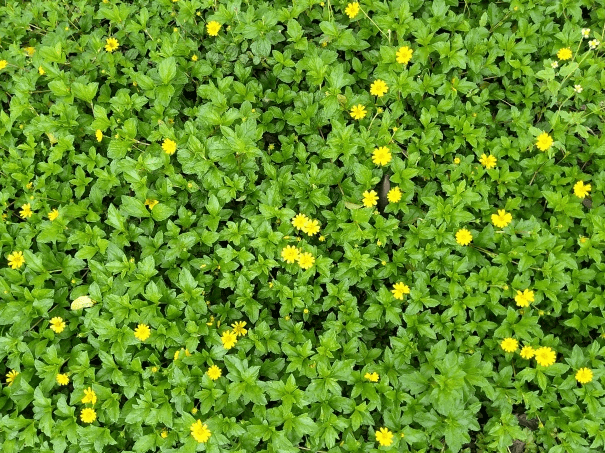
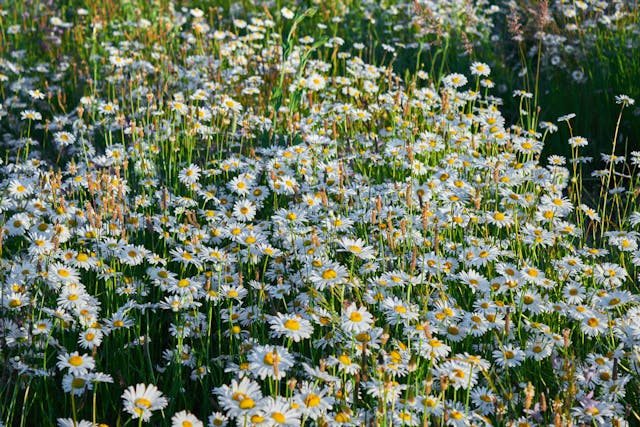

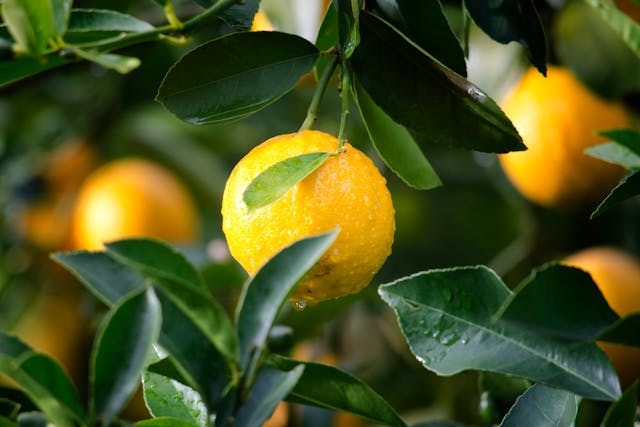
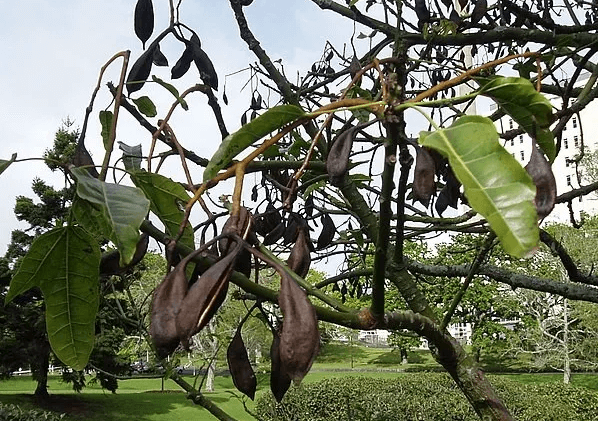
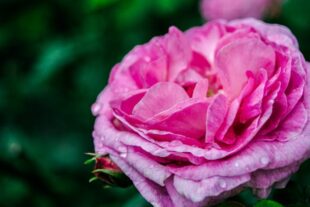
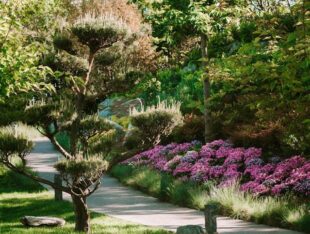
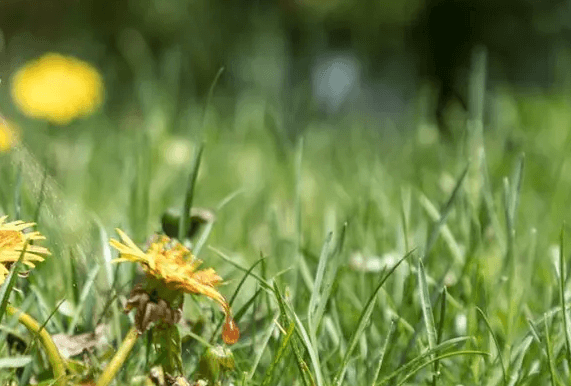
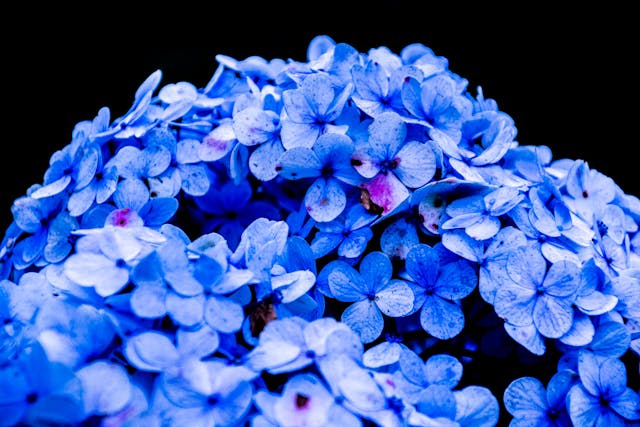
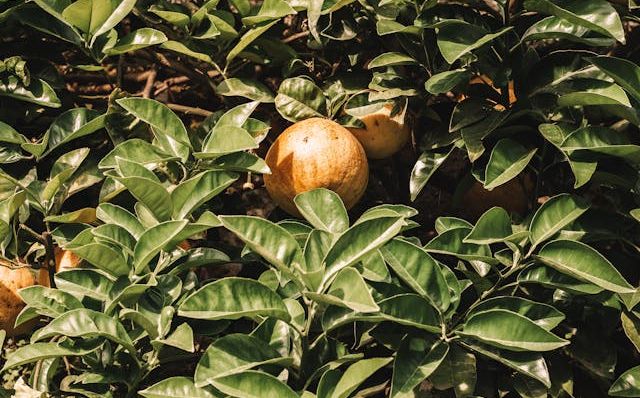
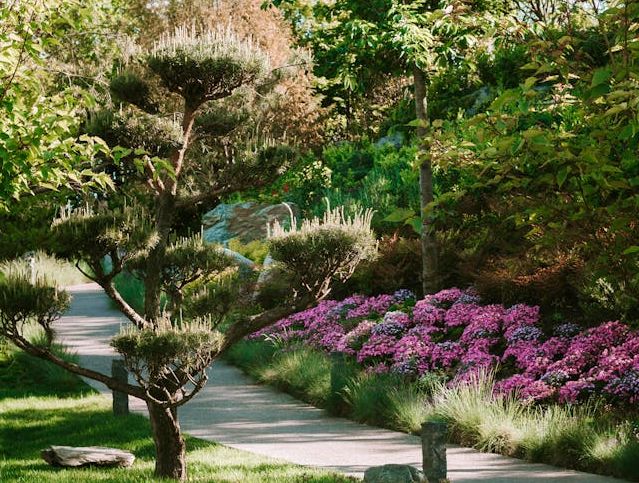
+ There are no comments
Add yours